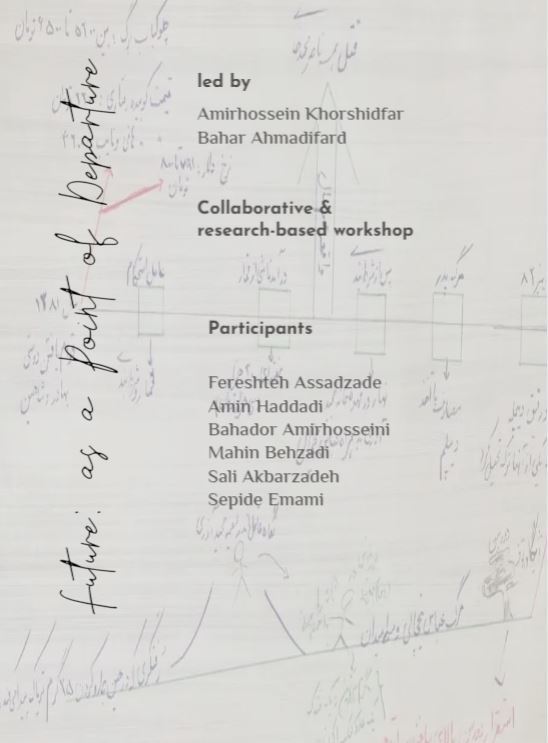
led by Amirhossein Khorshidfar and Bahar Ahmadifard
“Future: as a Point of Departure” is a collaborative educational program inspired by the concept of Prospective Archeology by the philosopher and media theorist Siegfried Zielinski and formed on “The History of Persian Music” by Ruhollah Khaleqi. First, we will jointly read the text of the History of Persian Music (which has outstanding and unrecognized potential ) and study its historical framework regarding Nasir al-Din Shah’s diary and “All Those Years without Memory,” written by Alireza Mashayekhi.
In the next stage, the main concept of the “Future: as a Point of Departure” project is to release and realize the locked forces of the Persian novel. What has been fundamentally reversed in this composition is that the departure point is outside of Persian literary texts but is inclined toward the future Persian novel. The History of Persian Music is a real example of intertextuality and combines history, literary self-portrait, music encyclopedia, lived experience, and autobiography.
Under a common framework, each workshop participant follows one of the aspects of the text in an independent project in their artistic media. While the final works are autonomous, we hope these projects will establish an enlightening and meaningful association, just like the components of a unique constellation.
